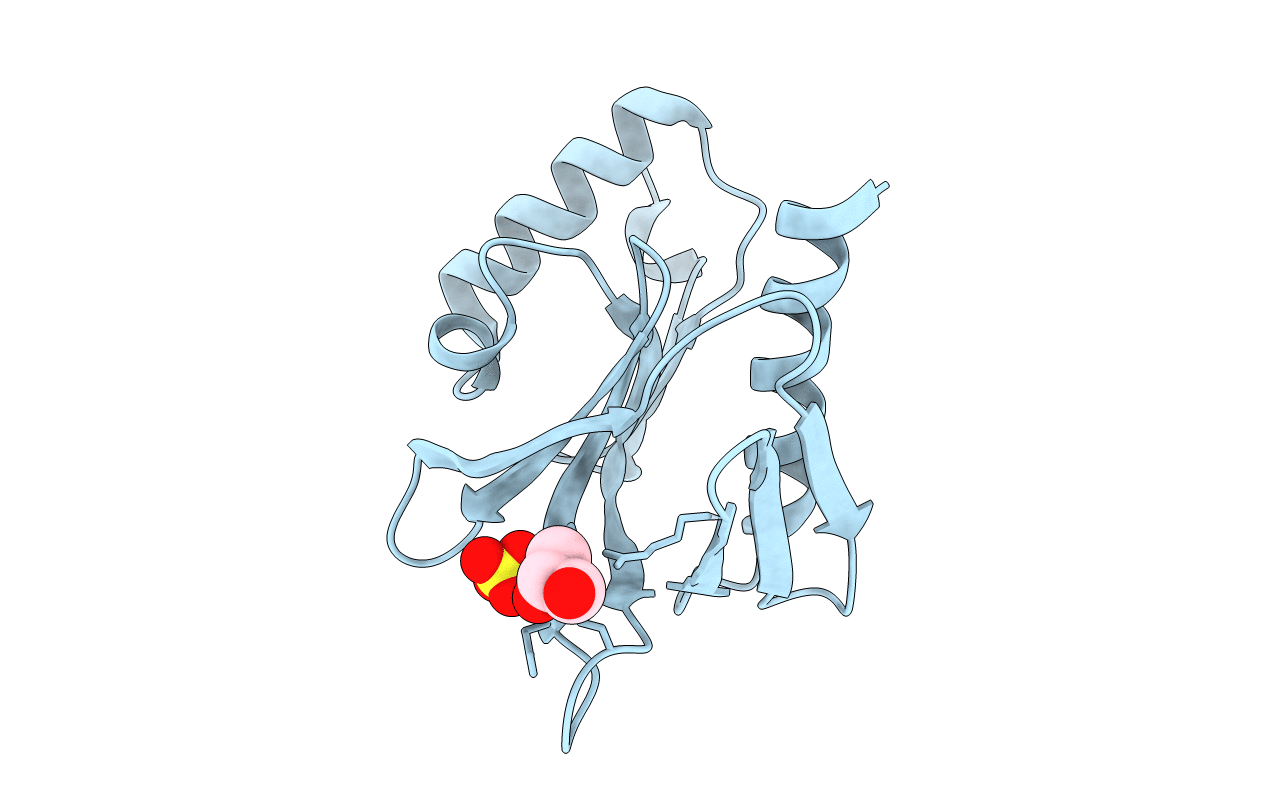
Deposition Date
2007-12-19
Release Date
2008-05-13
Last Version Date
2023-12-13
Method Details:
Experimental Method:
Resolution:
1.80 Å
R-Value Free:
0.21
R-Value Work:
0.17
R-Value Observed:
0.17
Space Group:
P 21 21 21


